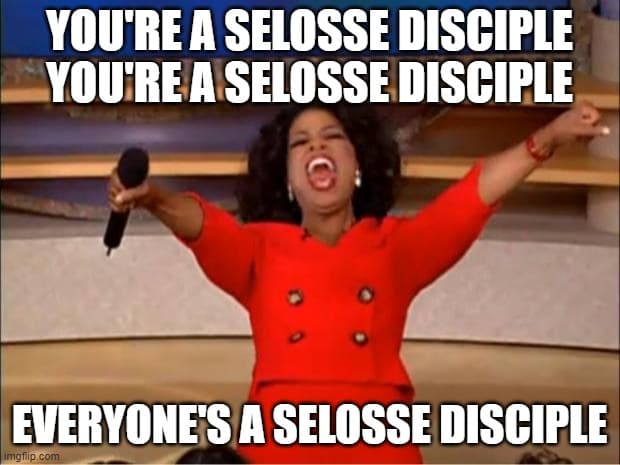Huge fan of Jacques Selosse champagnes. What are some other producers that are similar in style? I know of Chartogne-Taillet, but curious of other producers, especially up-and-coming producers that are not as well known (yet).
Minière Influence
I’m drinking a glass of that wine right now. The irony. Love it.
Tyler, welcome to the community. The wine is $73 here in LA.
Thanks for the welcome, Chartogne Taillet is a good one indeed and a great value at $73.
No I was drinking the Miniere Influence. Just want to be clear.
Ah, gotcha. Will have to try that out.
Chartogne Taillet is also not stylistically like Selosse
Hm, I would disagree fairly strongly with this. He is one of Selosse’s disciples.

I’ve not found a true copycat, though I will say Bereche’s Reflet d’Antan is the closest I’ve ever had (oxidative, whiff of fino sherry). Unfortunately, those are only made en mag these days.
Other grower producers who can have oxidative profiles, use of oak, as well as ripe fruit would be:
-Jerome Prevost (La Closerie champagne)
-Egly Ouriet (especially the VP and the Les Crayeres)
-Henri Giraud’s MV champagnes (and supposedly their new Perpetual Reserve)
-Bereche has certain Pinot noir cuvées that meet the ripe fruit, power, barrel character
Agree. I drink a good bit of the Sainte Anne and have never once thought of Selosse.
A similar thread was recently active: Rich champagne knock-offs: what’s the wish version of selosse, krug, vintage bollinger?
Some suggestions and debate in there.
Agreed: the wines from Chartogne Taillet have very little in common in style with Selosse except that they are produced in the most respectfull way for the terroirs (and these differ a lot) and both really try to express the terroirs. There is one wine that Alex produced that was close to Selosse in Style and therefore he decided not to release it (even thought this Hors série 2015 version Avize is truly great great champagne!)
Champagne Delalot if you can find it…
Lassaigne.
Michel Fallon’s Ozanne is probably the most intentionally similar cuvee (and for many years the only one he made). Bereche’s Reflet d’Antan and Dehours Brisefer are also clear comparisons, all are “perpetual cuvees”. I don’t think Bereche’s other wines really evoke Selosse at all - the Pinot grand crus certainly don’t.
I find the millesime can be somewhat oxidative in some vintages, but overall I find Lassaigne to be considerably more linear than Selosse, a lot more in the style of Doyard and Collin. The Clos St. Sophie is certainly not an oxidative wine.
Interested in what people are using as their reference point. If it is Substance, then I can see some of the recommendations and the comparisons.
When I was in Avize we tasted the whole lineup at his hotel. The Substance was the only cuvee that showed significant oxidation and sherry type notes. Others were on a spectrum. At that time the 2003 was released and mainly made it to Parisian restaurants. It showed some oxidation but not excessive. The 2002 was precise and showed some oxidation but not like Bereche’s Reflet d’Antan or some of the others here. They had just started to make the single origin cuvees which I personally don’t find to be terrifically oxidative. The Initial was precise and showed only mild oxidative notes. I guess it depends on what version of Selosse you enjoy?
I can’t speak to what the wines were like 15 years ago, but they are all oxidative today. The wines certainly have variation, at times on the millesime in particular (most of my bottles of 2009 have been way too oxidative for my palate), but the entire lineup is made in an oxidative style. The VO is the most oxidative, followed next by probably the Cote Faron (the lieux dit that was formerly the Contraste).
If anything, in the last few years I think Guillaume has moved the wines in a slightly less oxidative direction, but this is extremely relative - they’re still quite oxidative. I’ve been at two dinners in the past year when almost the entire Selosse lineup was opened (once double blind, another time we were just missing the Chemins de Chalons and the Chanteireines but had the 2008, 2009 and the 2010), and that’s the consistent feature.
Thanks!
I think Selosse started making oxidative wines in the 1990s. I visited around 2000 and it had started then, although his first wine made from red grapes was clean and fruity. At that time one could drink the absolutely fabulous ans non-oxidative 1988 in Champagne restaurants. I discovered Selosse just when he started making wine I did not enjoy.